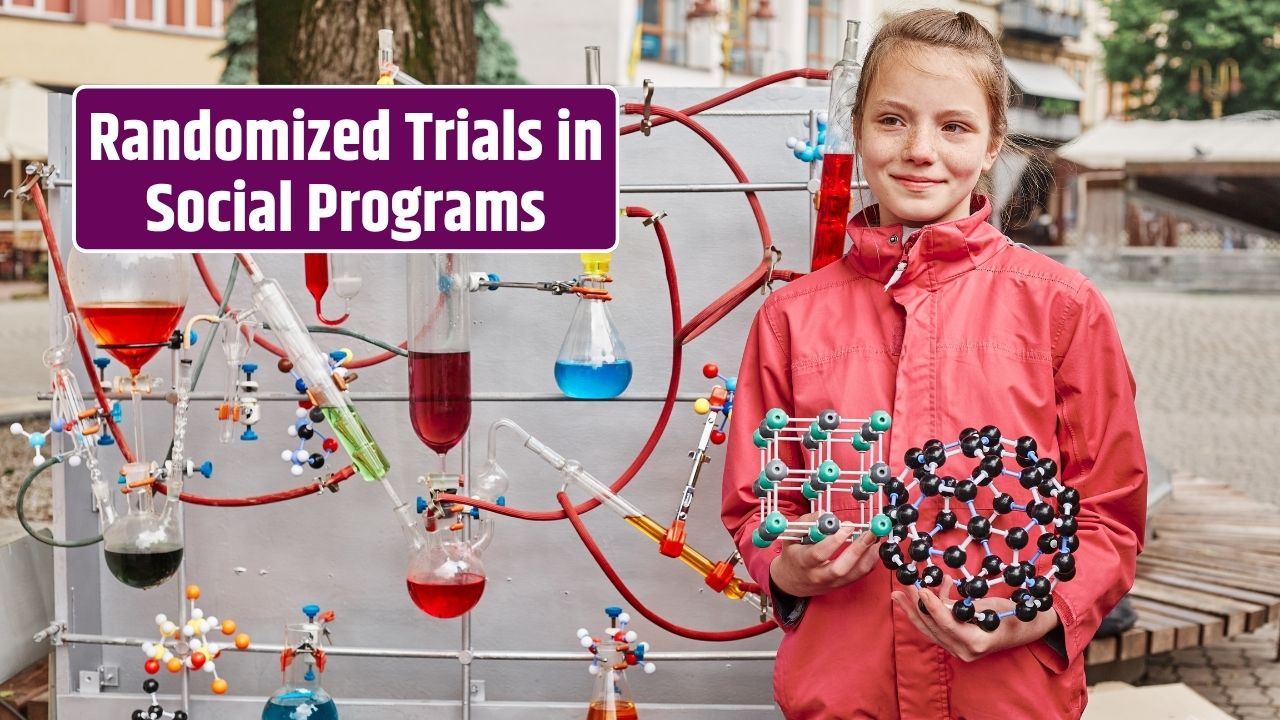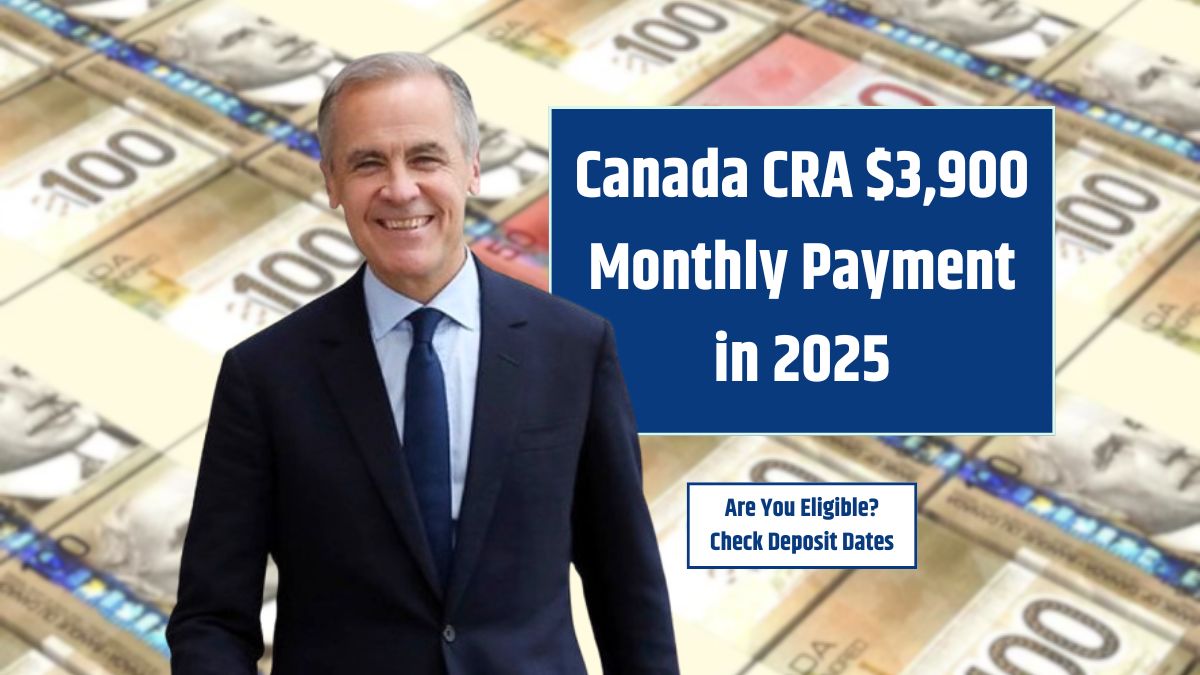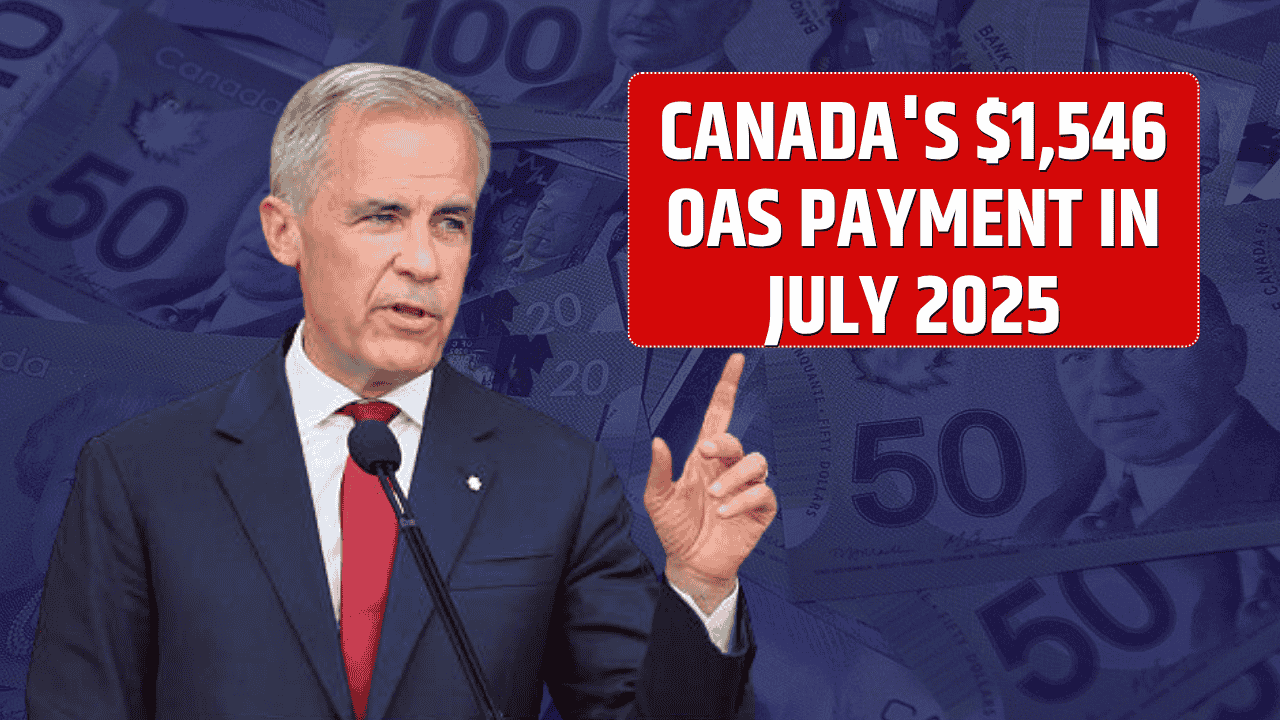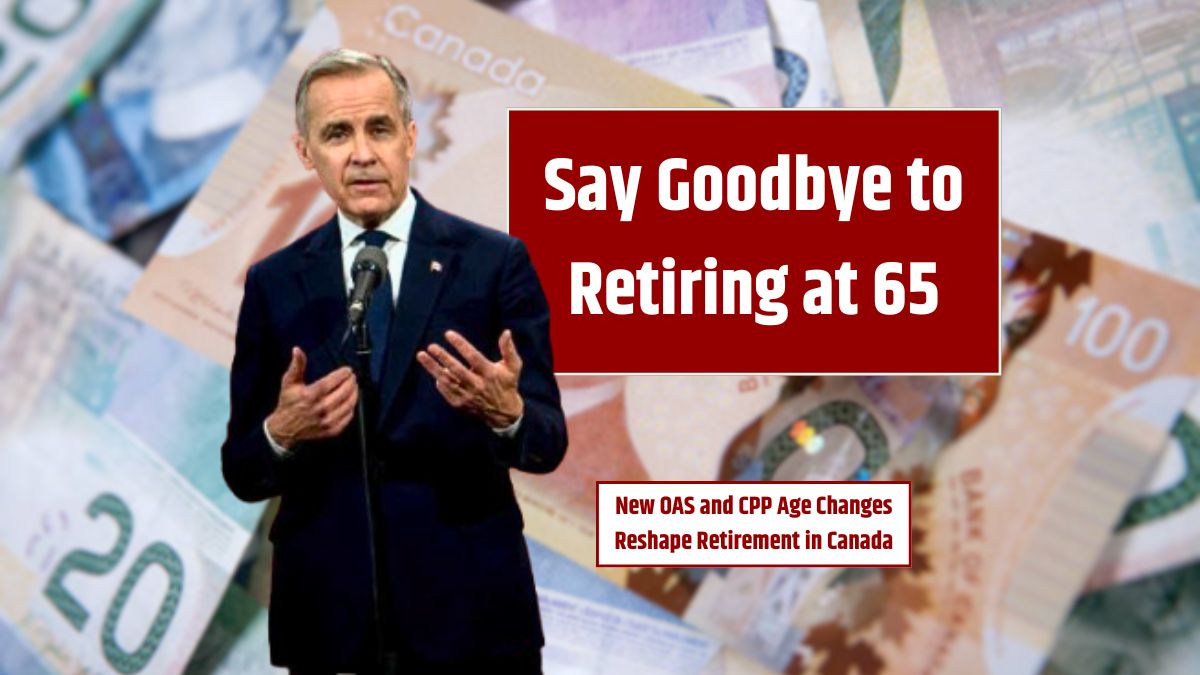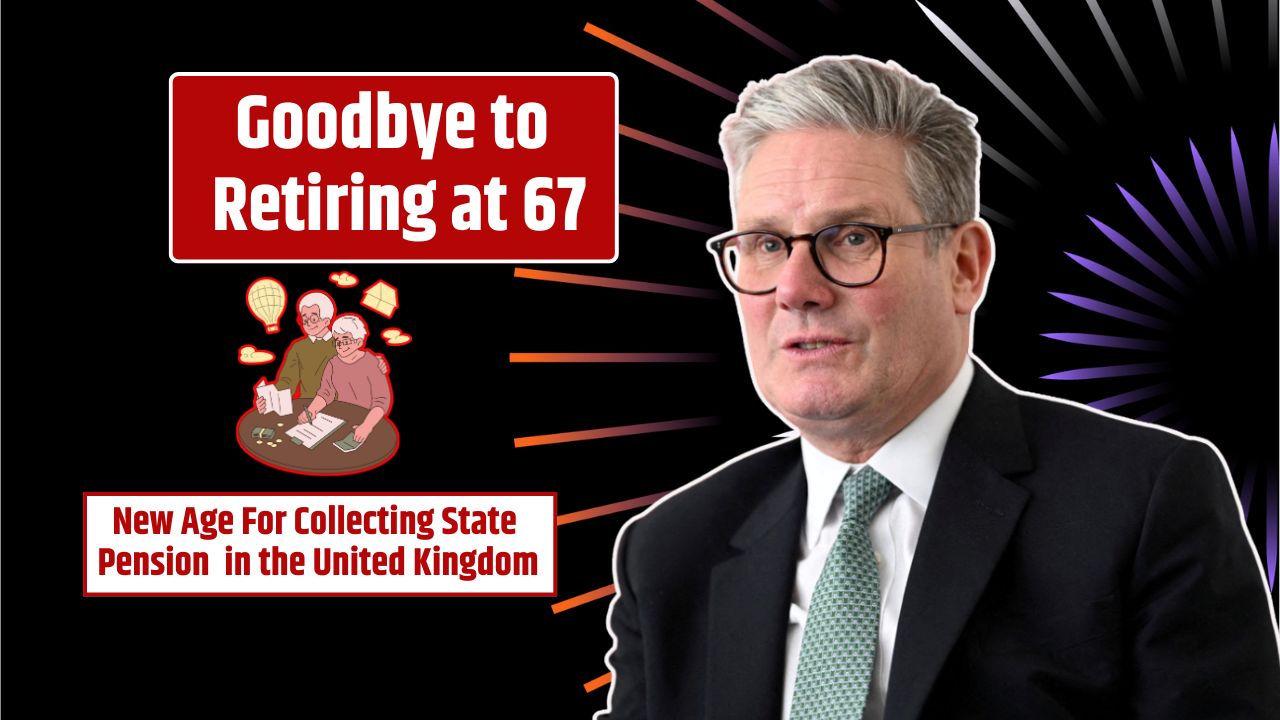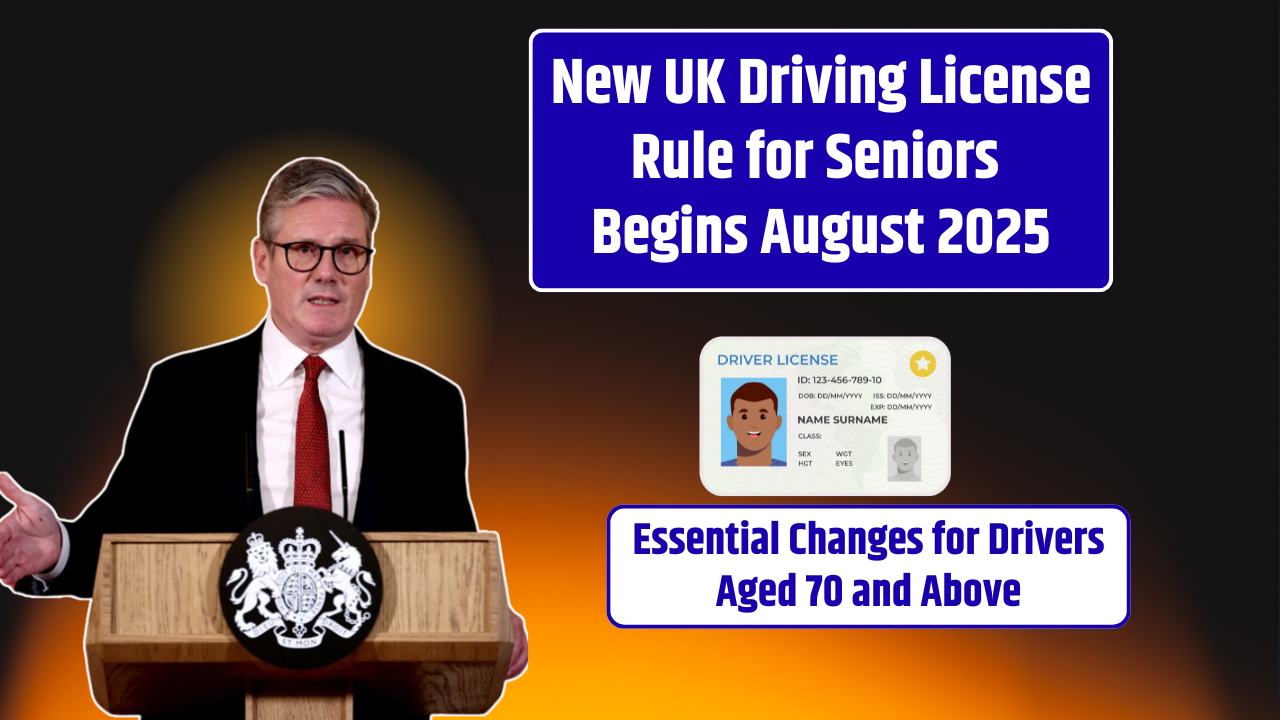Randomized control trials (RCTs) are often called the “gold standard” in research—and for good reason. In the world of social programs and public policy, RCTs provide the most rigorous way to determine whether a specific intervention truly works. As governments and nonprofits increasingly embrace evidence-based policy, understanding the science behind RCTs is critical to designing programs that deliver real impact.
This guide explains how RCTs work, why they matter, and how they’re applied in social programs to test everything from job training initiatives to housing assistance strategies.
Table of Contents
What Is a Randomized Control Trial?
A randomized control trial is a scientific study design where participants are randomly assigned to either a treatment group (receiving the intervention) or a control group (not receiving the intervention or receiving standard services). By comparing outcomes between these two groups, researchers can isolate the effect of the program and determine if it caused a change.
Key Components of an RCT:
| Component | Explanation |
|---|---|
| Randomization | Participants are randomly assigned to groups to avoid selection bias |
| Treatment Group | Receives the program, service, or intervention being tested |
| Control Group | Receives no intervention or a standard/alternative program |
| Outcome Measures | Predefined indicators used to assess effectiveness (e.g., employment, grades) |
| Blinding (sometimes) | In some RCTs, participants or researchers may not know who received treatment |
Why Use RCTs in Social Programs?
Causal Clarity
RCTs are the only research method that reliably isolates cause and effect. If the treatment group does better than the control group, it’s highly likely the program caused the difference.
Eliminates Selection Bias
Randomization ensures participants are comparable at the start, so differences in outcomes can be attributed to the program—not to who signed up.
Credibility with Funders and Policymakers
High-quality RCTs provide the rigorous evidence needed to scale successful programs or stop ineffective ones.
Example: RCT in a Job Training Program
Scenario:
A nonprofit wants to test whether a new job training curriculum improves employment outcomes.
How the RCT Works:
- 1,000 unemployed adults are recruited.
- Randomly assign:
- 500 to the treatment group (receive the training)
- 500 to the control group (receive standard job search support)
- After 6 months, compare:
- Employment rates
- Average earnings
- Job retention
If the treatment group shows significantly better results, the organization can attribute those improvements to the new training program.
RCTs in Action: Real-World Policy Examples
| Program Area | RCT Focus | Findings |
|---|---|---|
| Education | Free tutoring in low-income schools | Improved test scores and attendance |
| Public Health | SMS reminders for vaccinations | Increased uptake of routine childhood immunizations |
| Housing | Moving to Opportunity (HUD experiment) | Children in better neighborhoods earned more later |
| Criminal Justice | Youth mentoring vs. no intervention | Reduced recidivism among high-risk teens |
| Welfare-to-Work | Sanctions vs. support-based employment programs | Support programs led to longer-term employment |
Common Criticisms and Limitations
While RCTs are powerful, they’re not perfect:
Ethical concerns
Withholding services from the control group can raise moral questions, especially if early evidence shows the intervention helps.
Generalizability
What works in one community or context may not work elsewhere—RCTs may not capture broader complexities.
Cost and time
RCTs require planning, resources, and long-term follow-up. They may not be suitable for every evaluation, especially in fast-moving policy environments.
Spillover effects
Sometimes control group participants are indirectly affected by the treatment (e.g., peers or neighbors), making results harder to interpret.
Best Practices for Conducting RCTs in Social Programs
- Clearly define your research question
Know exactly what you’re testing and why. - Use ethical and inclusive recruitment
Ensure voluntary participation and equitable selection criteria. - Pre-register the study
Publish your evaluation design in advance to increase transparency and credibility. - Measure meaningful outcomes
Focus on results that matter—like health, income, or long-term behavior—not just short-term activity. - Follow up over time
Longitudinal data can show whether program effects are sustained or fade away. - Engage stakeholders
Keep program managers, policymakers, and communities involved in interpreting and using results.
When NOT to Use an RCT
RCTs aren’t always the best choice. Consider alternative methods when:
- You need quick feedback for program improvement
- The population is too small for statistical power
- It’s unethical or illegal to deny services
- The cost outweighs the benefit
In such cases, quasi-experimental designs, matched comparisons, or mixed methods evaluations may be more appropriate.
FAQs
Are RCTs only used in medicine?
No. RCTs are widely used in education, labor, housing, criminal justice, and public health research.
Is it unethical to deny services to a control group?
Not necessarily. Control groups may receive standard services, delayed treatment, or the opportunity to opt into the program later.
How long should an RCT last?
That depends on the outcomes being measured. Some take weeks, others follow participants for years.
Can small nonprofits run RCTs?
Yes, especially with support from research partners or funders. Many cost-effective RCTs have been done on modest budgets.

